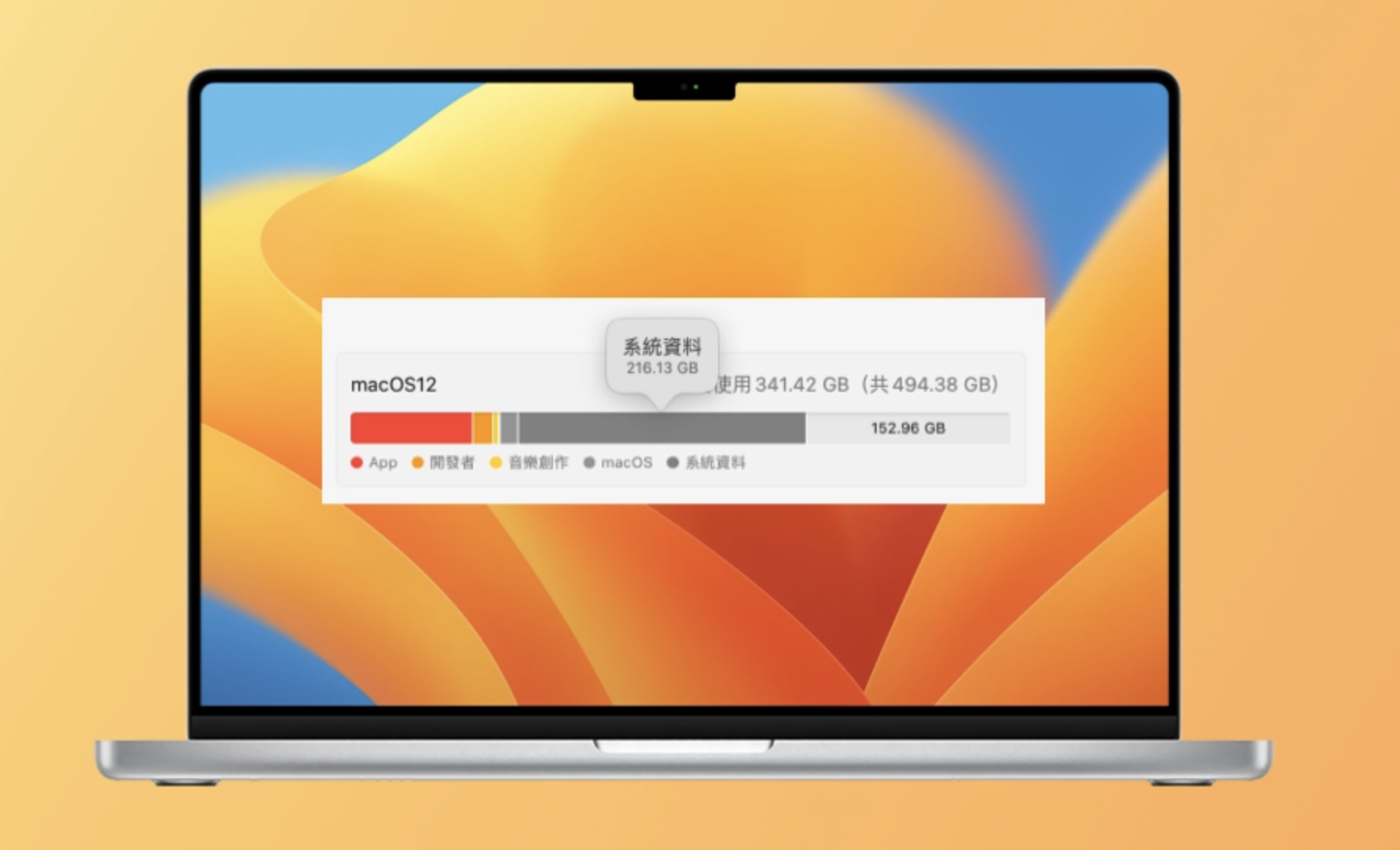How to View System Storage on Mac
- Click the “Apple” menu > “System Settings” > “General” > “Storage”. (On macOS Monterey: Click the “Apple” menu > “About This Mac” > “Storage” tab.)
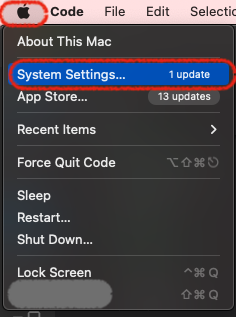
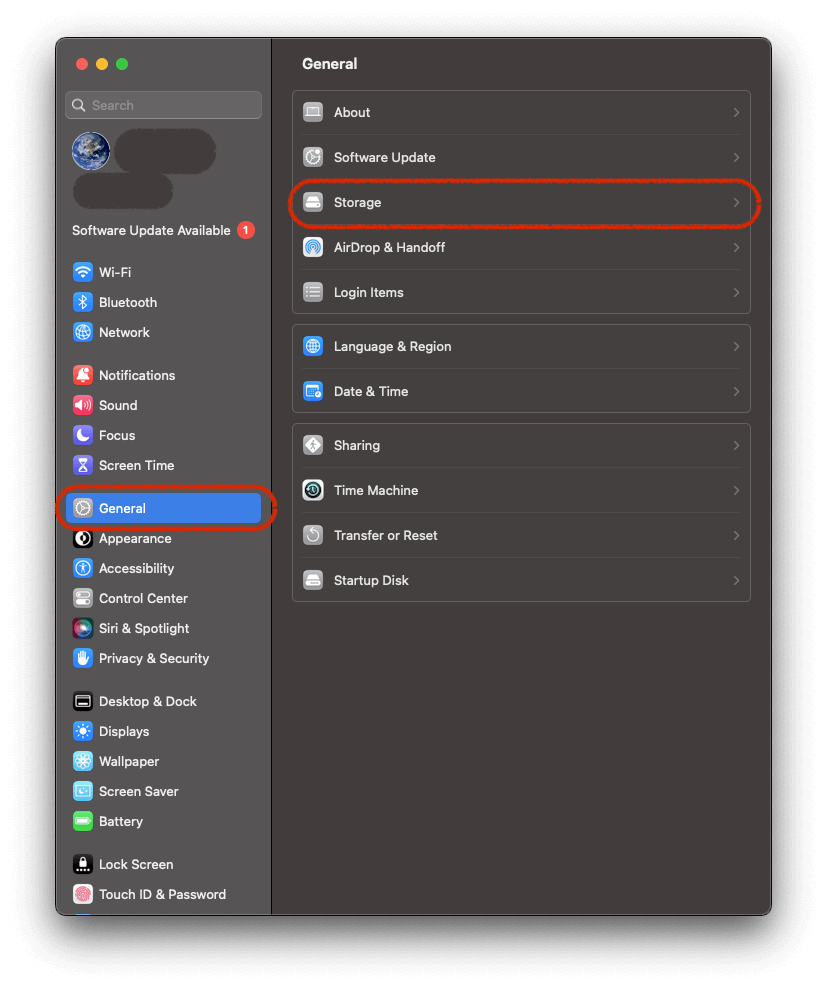
-
After the system calculation is complete, you can see the storage space categorized by color: Documents, Applications, iOS Files, macOS, System Storage, Available, etc.
-
Hover over the color to see the size of space used by that category.
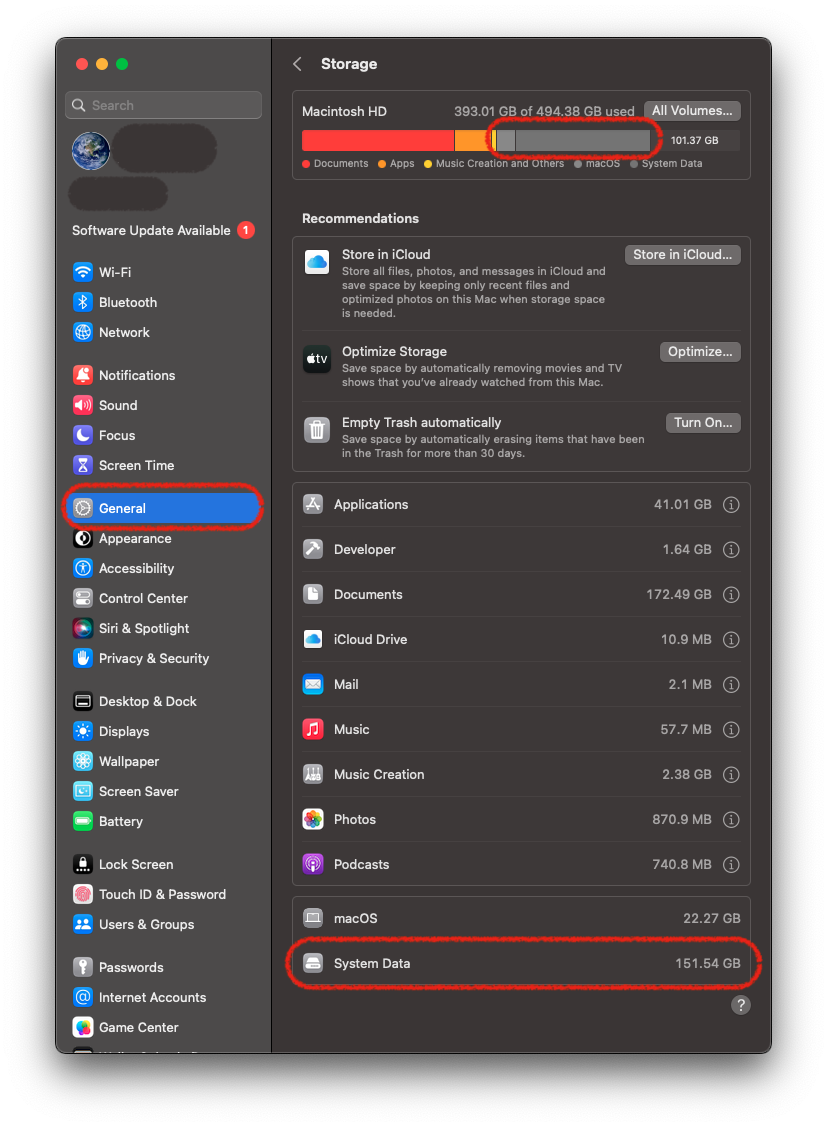
So what exactly is “System Storage”? What does it contain?
What is Mac’s System Storage?
According to Apple’s official information, “System Storage” includes all files that cannot be classified into other known categories. The main components are:
- Log files and cache files
- Application support files
- VM files
- Temporary files
- iOS backups
- Fonts and plug-ins
- Files and data used by the system
- Other runtime system resources
The size of “System Storage” varies depending on the current state of your Mac. So when it takes up too much space, how can you reduce it? Please continue reading.
How to Clean/Clear Mac’s System Storage
1. Clear Cache Files
- Click the “Go” menu in Finder, then select “Go to Folder”.
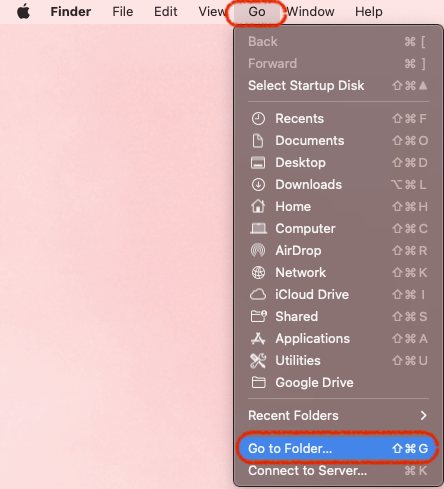
- In the search box of the new window, type the following folder paths one by one, then press the “Return” key on your keyboard.
- ~/Library/Caches
- /Library/Caches
- /System/Library/Caches
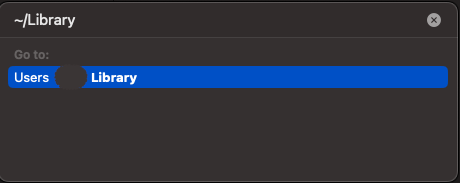
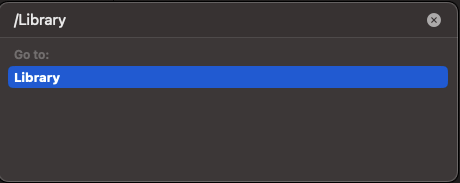
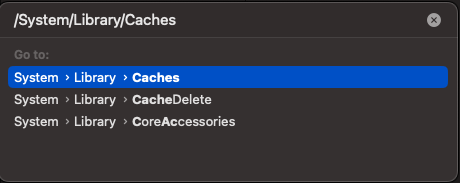
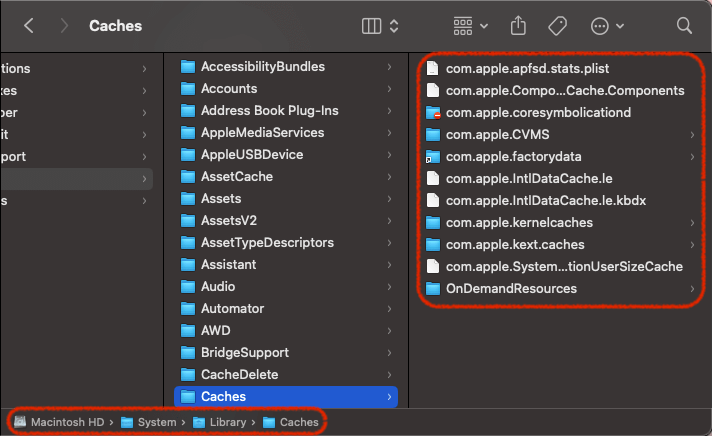
-
You can sort the files in these folders by size, then move the cache files you don’t need to the “Trash”.
-
Empty your “Trash”.
2. Delete System and Application Log Files
System and application log files also take up some storage space. Clearing them will not affect your Mac. The cleaning method is as follows:
-
Click the “Go” menu in Finder, then select “Go to Folder”.
-
In the new window, type the following file paths one by one, then press “Return”.
- ~/Library/Logs
- /Library/Logs
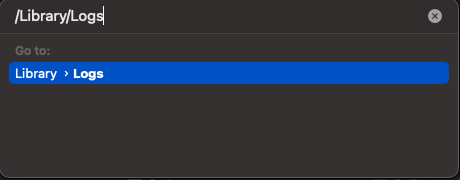
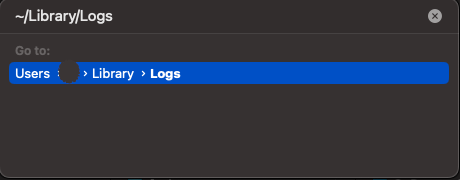
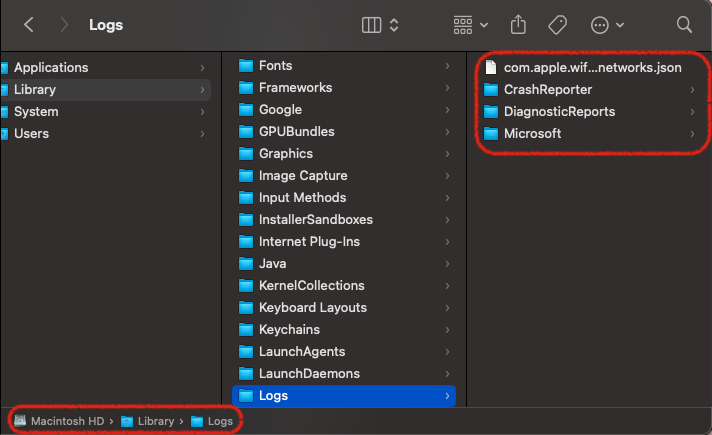
-
Select the files you want to delete and move them to the “Trash”.
-
Empty the “Trash”, then restart your Mac.
3. Clean the Downloads Folder
During our use of Mac, we often download various files. Since the system categorizes unrecognized files as “System Storage”, if you do not delete these “unknown” files in time, they will remain on your Mac, causing “System Storage” to accumulate. You can manually go to the “Downloads” folder to delete unnecessary items.
-
Open “Finder”.
-
Select the “Downloads” folder and sort your files by “Size”.

-
Select the files you want to delete and move them to the “Trash”.
-
Empty the “Trash”.
4. Optimize Mac Storage
macOS has a built-in storage optimization feature. Check the recommendations below the storage bar and optimize according to your needs.
It is worth noting: If your disk is partitioned, the recommendations will only apply to the partition containing your personal directory.
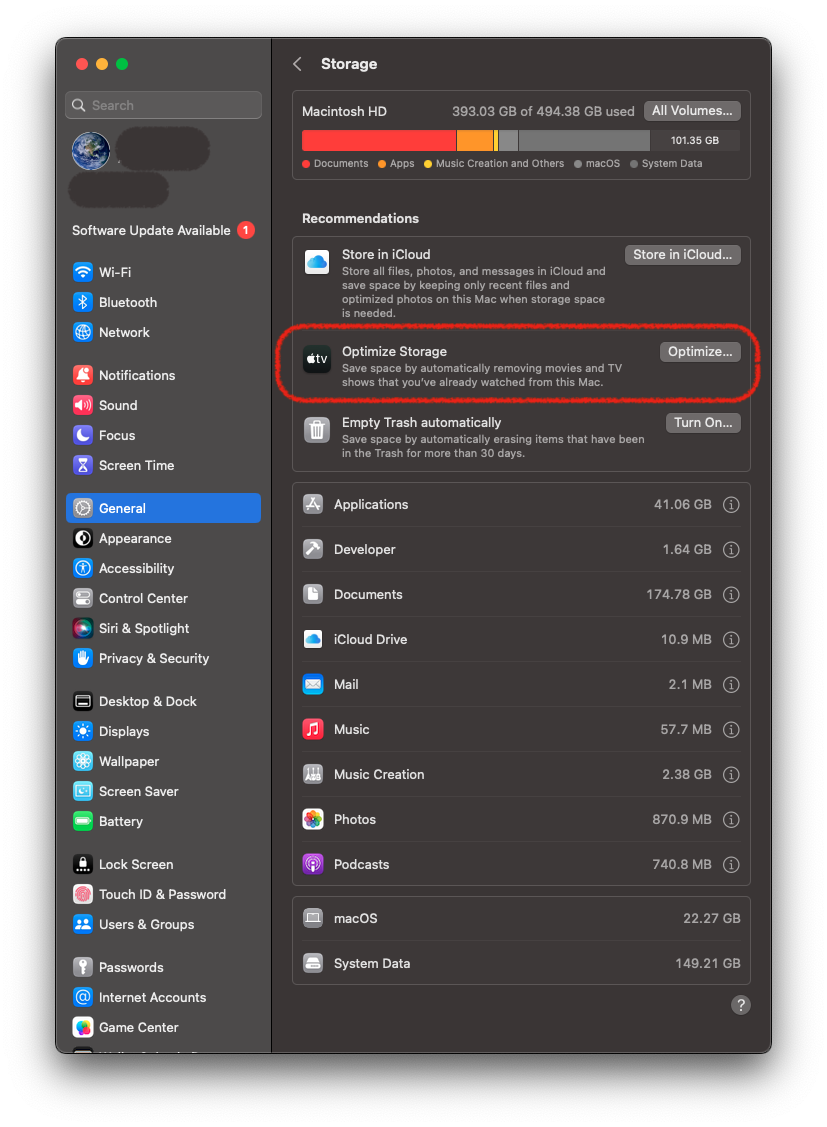
5. Restart Mac
Restarting your Mac can resolve many issues related to the Mac. If you haven’t restarted your Mac for a long time, it is recommended that you click the “Apple” menu in the upper left corner of the screen and select “Restart” to reboot your computer.
Conclusion
That concludes our content. We hope you can free up more available disk space through the above methods to clean “System Storage”.
